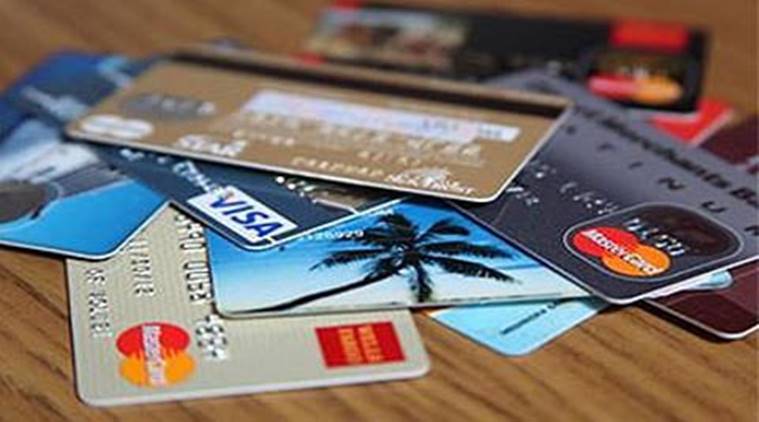
By admin April 26, 2022
A partial authorization occurs when a cardholder’s issuing bank approves a transaction for less than the full amount. This can happen when the cardholder doesn’t have enough funds available to cover the entire purchase, or when the merchant has set a maximum limit for partial authorizations. In either case, the cardholder will need to pay the remaining balance before the transaction can be completed.
There are a few reasons why a partial authorization might occur:
- The cardholder doesn’t have enough funds to cover the purchase: If the cardholder doesn’t have enough money in their account to cover the full amount of the purchase, their bank may approve a partial authorization for the available amount. The cardholder will then need to pay the remaining balance before the transaction can be completed.
- The merchant has set a maximum limit for partial authorizations: Some merchants may have a policy of only authorizing transactions up to a certain amount, even if the cardholder has enough funds to cover the full purchase. In these cases, a partial authorization will occur and the cardholder will need to pay the remaining balance before the transaction can be completed.
- The card issuer doesn’t allow partial authorizations: Some card issuers don’t allow partial authorizations at all, even if the cardholder has enough funds to cover the purchase. In these cases, the transaction will be declined and the cardholder will need to find another form of payment.
If you have ever made an online purchase and had your card declined, it is likely because the issuer doesn’t allow partial authorizations. When this happens, you will need to find another form of payment such as a credit or debit card, or PayPal, to complete your purchase.
What types of cards will partial authorizations occur on?
Partial authorizations can occur on any type of credit or debit card, as well as prepaid cards. However, they are more common on credit cards than debit cards. This is because credit card issuers are more likely to allow partial authorizations than debit card issuers.
How do I know if a partial authorization has occurred?
If a partial authorization has occurred, you will usually see a pending transaction on your account for the full amount of the purchase. However, the transaction will not be completed until the remaining balance is paid. Depending on your card issuer, you may also receive a notification that a partial authorization has occurred.
If you are unsure whether a partial authorization has occurred, you can always check with your card issuer or the merchant to confirm.
What are the benefits of partial authorizations?
Partial authorizations can be beneficial for both cardholders and merchants.
Cardholders benefit from partial authorizations because they can still complete a purchase even if they don’t have enough funds available to cover the full amount. This can be helpful in emergency situations where you need to make a purchase but don’t have enough cash on hand.
Merchants benefit from partial authorizations because it allows them to still receive payment for a purchase even if the cardholder doesn’t have enough funds available. This can be helpful for businesses that rely on credit and debit card sales, such as restaurants or retail stores.
Are there any drawbacks to partial authorizations?
There are a few drawbacks to partial authorizations:
First, partial authorizations can be confusing for cardholders. This is because the transaction will appear as a pending transaction on your account for the full amount of the purchase, even though you have only paid for part of it. This can be frustrating if you are trying to keep track of your spending and don’t realize that a partial authorization has occurred.
Second, partial authorizations can be costly for cardholders. This is because you will usually be charged interest on the full amount of the purchase from the date of the transaction, even though you have only paid for part of it. This can add up quickly, especially if you don’t pay off your balance in full each month.
Third, partial authorizations can be costly for merchants. This is because they will usually be charged a higher transaction fee for partial authorizations than for regular transactions. This can add up quickly, especially if you have a lot of partial authorizations.
Overall, partial authorizations can be beneficial for both cardholders and merchants. However, there are a few drawbacks that you should be aware of before you use this feature.